Man vs animal world: Everyone's vision.
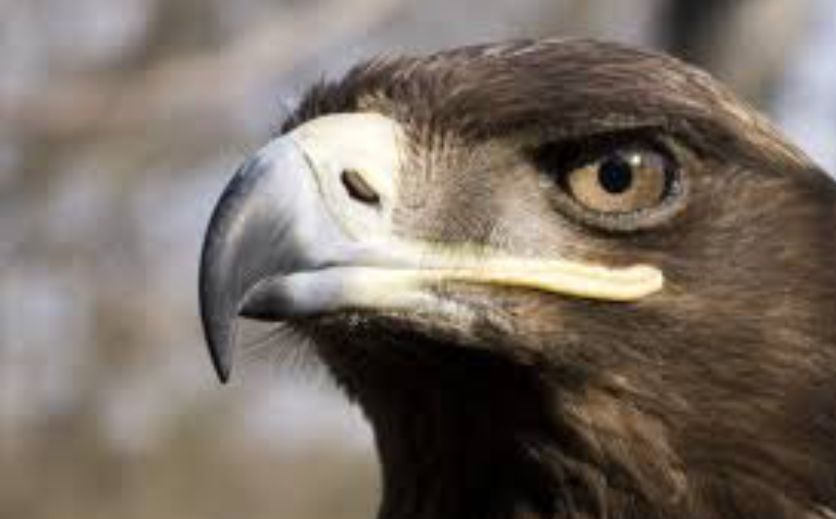
The place of man in nature
At the very top of the food chain, Man dominates the animal world.
He thinks he's a super machine with overdeveloped senses. Let's take a closer look if his vision rhymes with perfection.
With his two eyes in front, he sees in three dimensions, sees in color and with a visual field of 180 degrees.
In the center of his field of vision he sees in high definition and the further he gets away from it, the more he sees blurry.
His brain does the work to analyze the data and guide him daily to face all the dangers and trials of his environment.
But the human being, ultra dominant of the world which surrounds it is it equipped with the better vision?
Vision how does it work?
The transformation of the light into a nervous message is the complex work of the eye.
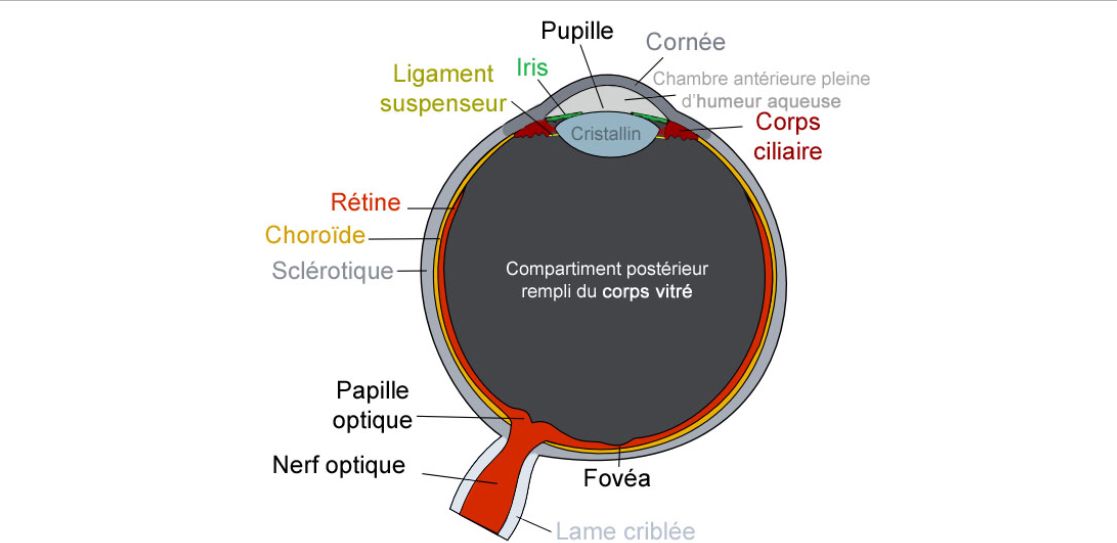
The cornea allows light rays to penetrate into the eye, it is a solid and transparent membrane It is a hard convergent lens which ensures the transmission through refraction of more than 80% of the outside light. The lacrimal glands allow a constant hydration thanks to the manufacture of tears and eyelids which is responsible for moistening.
The luminous signal continues its course through the pupil which is a hole in the middle of the iris. And it is the iris that will allow the pupil to expand to allow more or less light.
Then light rays meet a second convergent lens this time flexible called crystalline.
The muscles of the eyelashes allow the lens to curl focusing on what we see when adjusting the distance.
The journey of light in the eye ends when you reach the retina. It is gathered in a luminous point, that the light arrives on this membrane which lines the bottom of the eye.
The visual image is then transformed into a nerve message, this is possible thanks to two
types of photoreceptors:
sticks: they are located on the retina and are sensitive to light intensity that they turn into a weak electric current. This current will form a nerve message transmitted to the brain.
The human being is equipped with 120 million rods.the cones: this retinal receptor cells allow the vision of colors thanks to a pigment sensitive to different colors. The man has 12 million divided into 3 types of cones to distinguish the color red, blue and green.
To evaluate the place of human vision in nature, nothing better than a small comparison with the animal world.
Night vision (or scotopic)
To see at night, everything is about light input. Even in the dark we need a minimum of light for the eye to do its job.
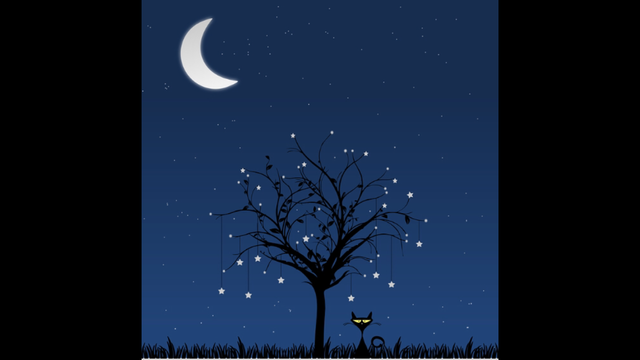
The role of the pupil is to bring back the light in the eye, so the more the pupil is dilated and the better the night vision..
But that's not enough, it also requires a large number of sticks, which are sensitive to the light, it is thanks to them that the visual message arrives at the brain.
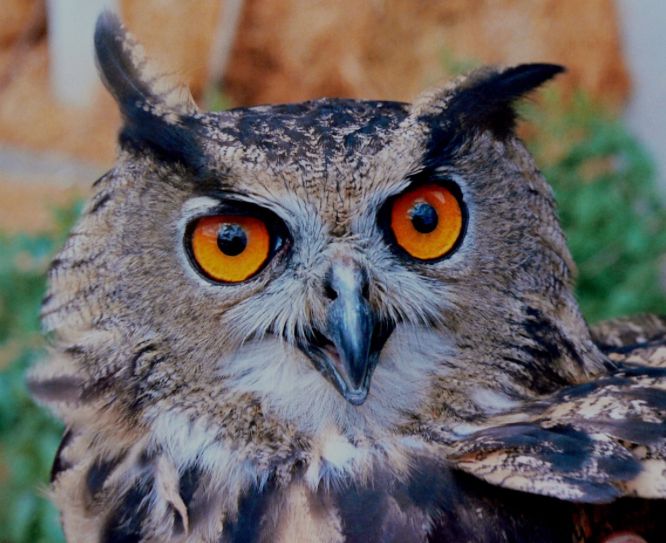
Nocturnal animals such as the owl have large round eyes with a very dilated pupil, the number of sticks represents 90% of the fundus and 10% cones. This does not mean that they are not able to see the light of day, and some even use a third eyelid to protect them from high light intensity.
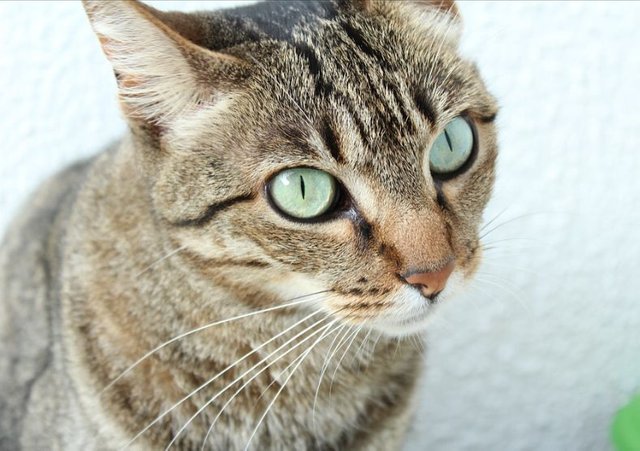
https://pixabay.com/fr/coup-d-oeil-gata-amour-2931942/
The cat is also super equipped to see in the darkness, since in addition to a large number of sticks (204 million against 120 million for man), it has a pupil can change shape depending on light input. Round and dilated at night, it becomes a thin slit when the light is too strong.
The cat is also provided with a reflective layer at the bottom of its retina called tapetum lucidum (shiny carpet) which accentuates their night vision.
For those who want to live and see in darkness, you can always try a cure of carrot or blueberry that are known to improve nighttime acuity. Cure followed by the pilots of hunts during the second world war to be more efficient for the missions of night.
Life in color
The perception of different colors is possible thanks to the presence on the retina of cones sensitive to green, blue, yellow and red. It is the brain, in the region of the visual cortex, which is responsible for interpreting the signals emitted by the different cones and for retranscribing them in the right colors.

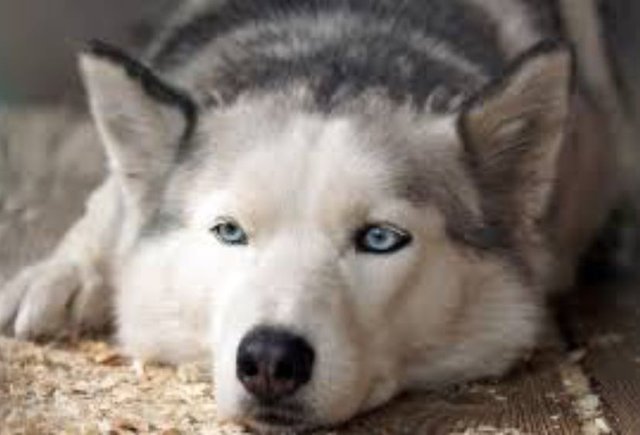
https://pixnio.com/fr/faune-animaux/chiens-fr/chien-animal-tete-portrait-canin-mignon-husky
Thus the dog has a vision quite close to ours, He sees in colors, except red. He has no cones allowing him to see this color. He is dichromate and the objects are perceived in green and blue.
Just like the bull, which would not necessarily distinguish red.
The legend of the red which excites the bulls is therefore false, it is more the movements of the muleta, red cloth of the toreadores, which would excite the latter.
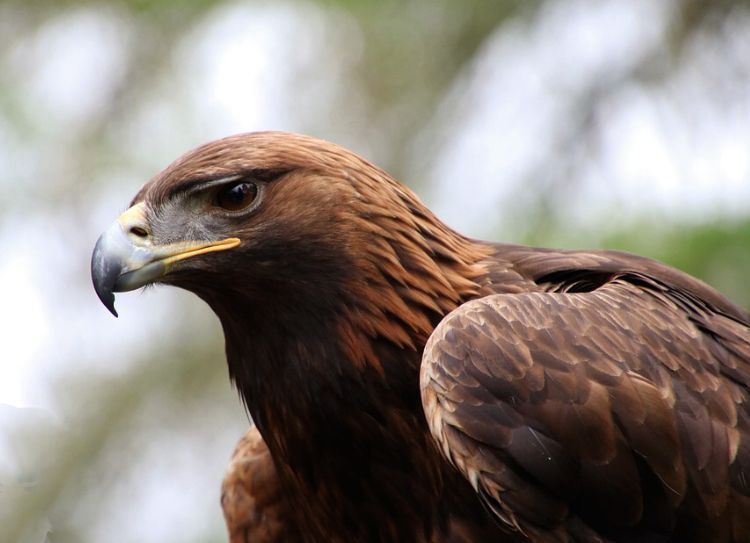
https://pixabay.com/fr/aigle-d-or-eagle-or-oiseau-nature-
Aigle when he is better equipped than the human being because he distinguishes the same colors as us but he is also able to see the ultra-violet. It is an asset for him this allows him to detect the traces of urine left by his prey while hunting.
He has such a good vision of colors, that he refers more to color than to movements and forms to identify himself.
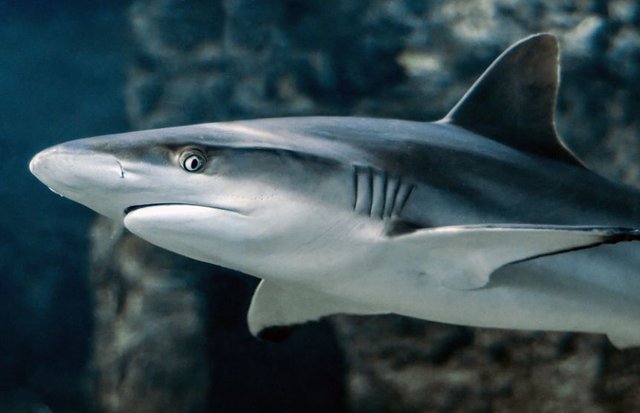
https://pixabay.com/fr/requin-poisson-squale-oeil-animal-3197585/
On the other hand the shark, hunter of the seas, very good in night vision thanks to the same assets as the cats, does not have a very good perception of the colors and would be more considered colorblind or even for certain species absent from vision in color, they would see in black and white.
Sharks have a better vision of contrast than color, which is why it is recommended for surfers or swimmers at sea to opt for jerseys or boards producing a low contrast.
Aquatic Vision
To see under water, aquatic species face the phenomenon of refraction of light which will not be the same in water as on earth. The challenge for these species is to harvest a maximum of light at the bottom of their retina in an environment where the more you go down the less there is.
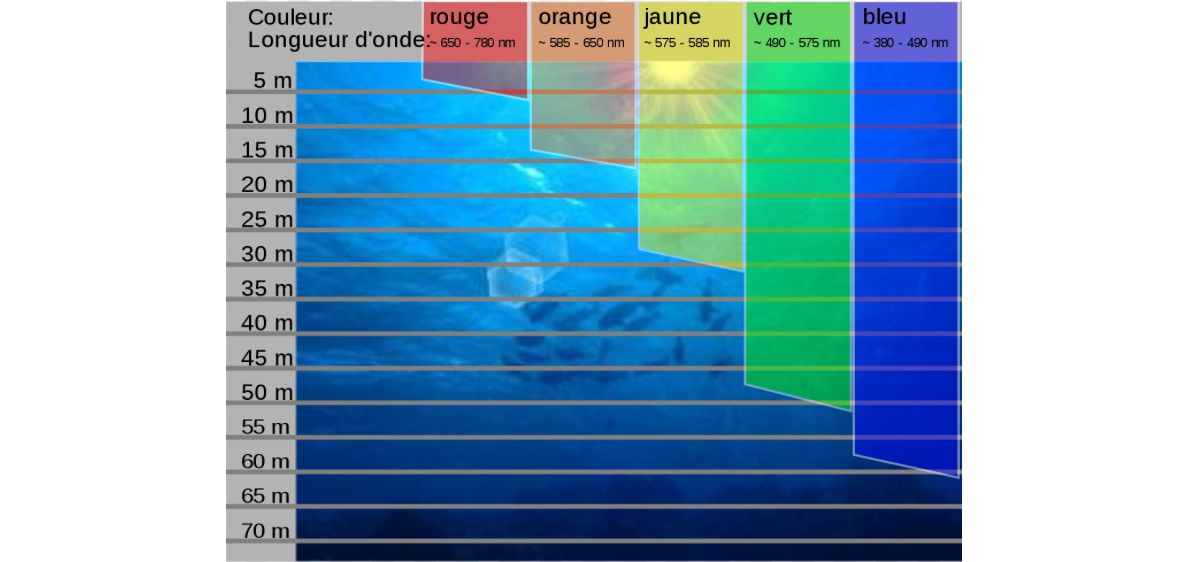
The morphological aspect of their eye is therefore adapted to this environment, it will be endowed with a cornea or a more spherical lens than terrestrial animals to absorb more light.
In addition, being constantly submerged, most marine animals do not need eyelids which aims to moisten the cornea.
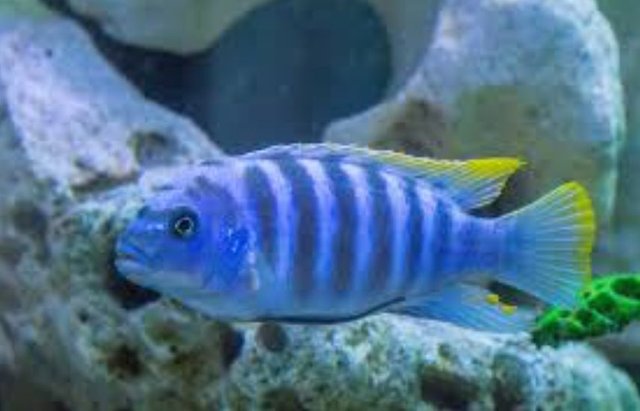
https://pxhere.com/fr/photo/598237
The rounded crystalline of the fish will make him myopic, he will see perfectly only a few centimeters.
The arrangement of his eyes on each of its sides, allows him to have a vision of 300 degrees but against only a small area will allow the binocular view.
The fish have a very good color vision but since these tend to fade with the depth, the vision of the fish will be more like a mixture of blue and green.
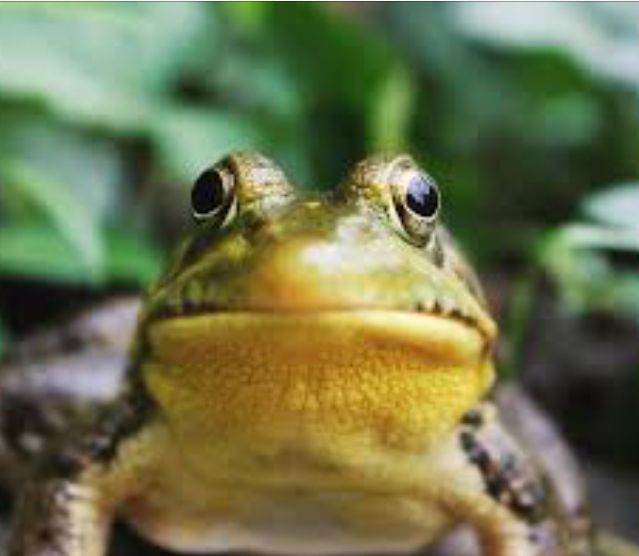
https://pxhere.com/fr/photo/1405718
Differently, the frog that can go under water and on land, will have a poorer surface vision than in water.
It will distinguish forms and movements in a fairly basic way on the surface.
She will also be equipped with eyelids allowing her to moisten her eye out of the water.
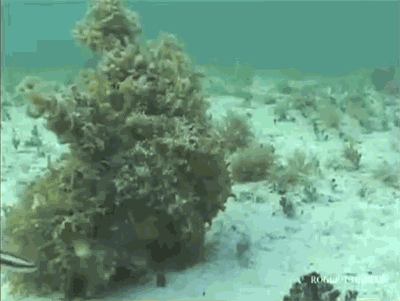
Super vision
Some animals are lucky enough to have visual peculiarities that make them stand out.
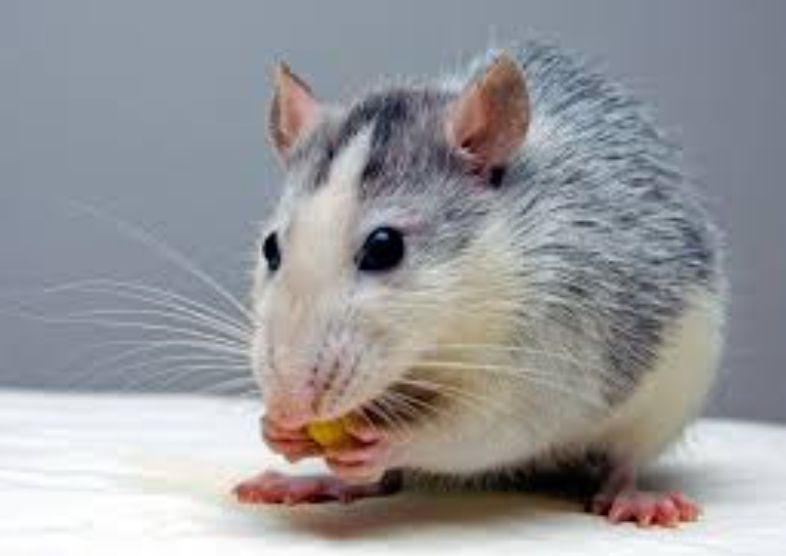
https://pixnio.com/fr/faune-animaux/rats-souris-et-campagnols-photos/rat-manger-des-aliments
The rat has an ability that allows him to move his eyes in two opposite directions at the same time. His brain can process the two images perceived independently of each other 'other. His eyes can move in all dimensions, allowing him above all to control what is happening above his head, thus avoiding a possible attack of birds of prey coming from the air.
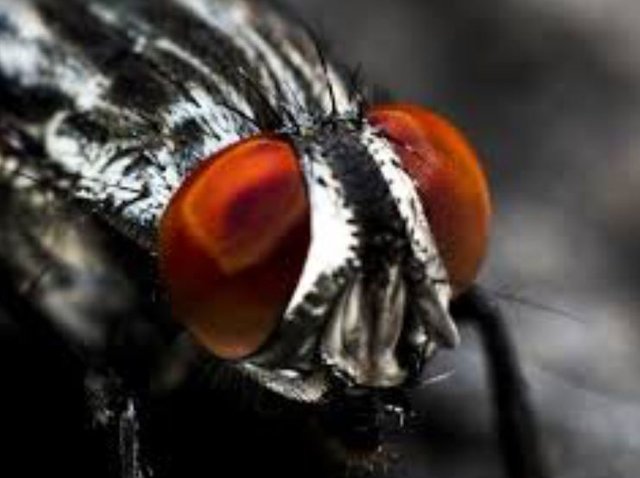
https://pxhere.com/fr/photo/1364150
Given the place that his eyes represent on his head, it is not surprising that the fly has a super vision.
It has a multitude of facets that allows it to analyze close to 200 images per second, against 24 for the man. This speed of analysis allows her to see the danger coming, she can even afford to decompose the movements that she sees as a slow motion.
She also has a 360 degree vision that allows her to see in the back, no wonder it's so complicated to catch a fly.
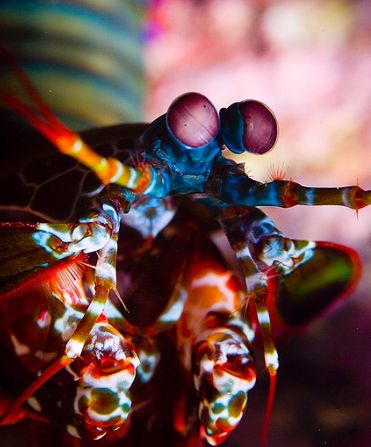
The champion of vision: With these 16 types of cones different, the squille, mixed between a shrimp and a religious mint, has the most developed color vision of the animal world.
We only see with three cones of different colors, (red, green, blue) it would be impossible for our brain to process as much information.
The squille also has 360-degree vision and eyes that rotate independently of each other.
But that's not all since each of his eyes is composed of 3 sections, equipped with pseudo-pupil allowing them a vision in relief on each eye.
conclusion
Man is no leader in any of the visual domains that puts him in competition with the animal world.
He is neither equipped with night vision nor specialist in aquatic vision and he is not even the best person to see the colors of nature.
On the other hand, he is always well above average in each of the fields that the vision can include.
He adapts to all situations and his most advanced weapon is his brain that interprets and analyzes every piece of the eye to optimize his decisions.
The Man is able to reproduce what is best in nature, from night vision to the UV lamp through the slow motion, allowing him to push the limits What the human eye can not see.
Sorry for the mistakes of English translations, I had to use google translate to translate this french article

Bonne idée de traduire en anglais: ça valorise ton travail!
Je ne maîtrise pas assez la langue de Shakespeare pour l'envisager aussi.
voté à 100%
C’etait un test mais on remarque que la communauté est le plus grand des soutiens
J'ai rien compris mais c'est pas grave, ce devait être super intéressant.
une image un texte
Lol t’as la version française ici
Je vais aller voir un texte une image 👍
C'est nettement plus intéressant en français! Bel article à voir et à revoir ;)
En effet ton article était bien fait et méritait d'être traduit. Est-ce qu'il y aura une version russe ? koréenne ?
Oui dès que j’aurais fini de lire le dictionnaire russe je le traduis 😜